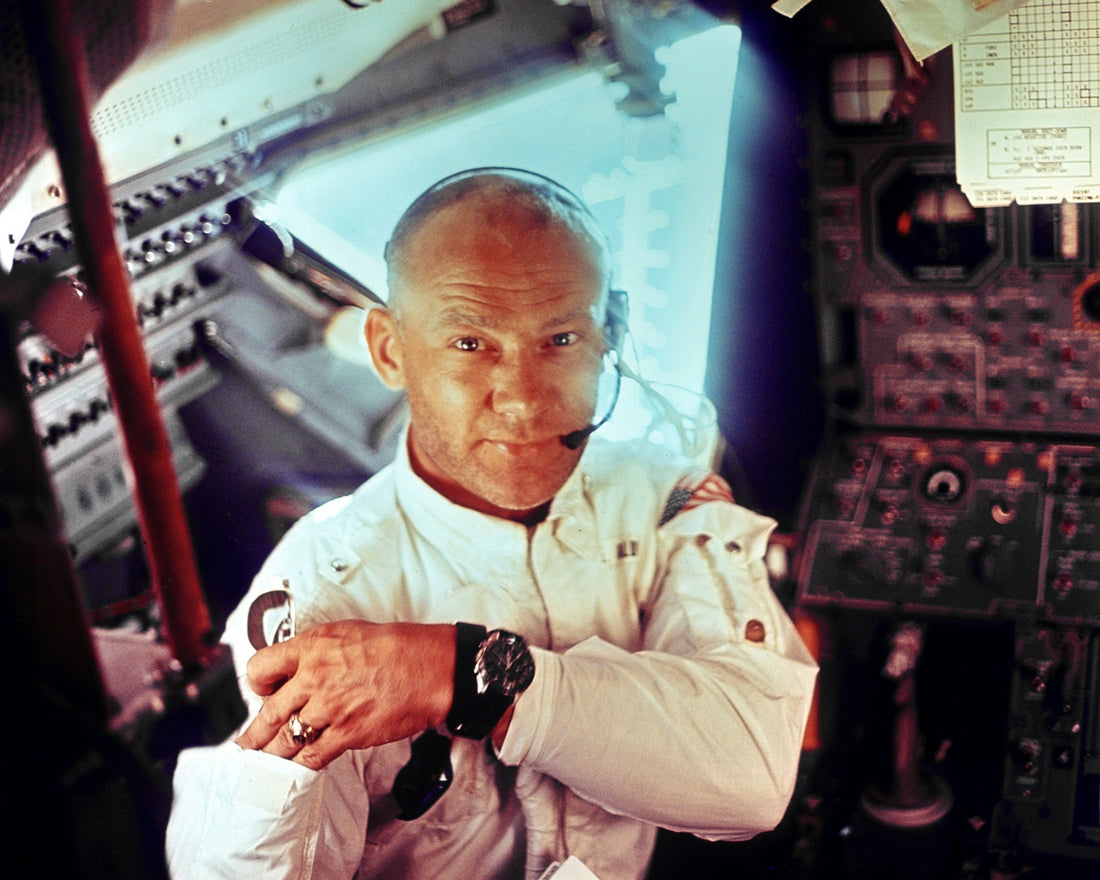(Glarnok: “They still haven’t fixed gravity?”)
Sunni Williams and Butch Wilmore returned to Earth life after their mission but they maintained their emotional state while their physical bodies suffered slight effects from weightlessness. After spending months in weightless conditions Bob lost his neck mobility while Sunni needed to relearn Earth's pull as if it were a complicated system update.
But here’s the thing: They’re not alone. Astronauts have always suffered from Earth's harsh treatment when they tried to challenge its gravitational forces.
The History of Gravity Smacking Astronauts in the Face
Neil Armstrong & Apollo-era astronauts (1960s–70s)
After completing their Moon mission astronauts frequently encountered difficulties with their ability to maintain balance as well as coordination. Buzz Aldrin reported stumbling during the reentry process. The Moon’s 1/6 gravity was perfect for jumping yet it failed to provide adequate strength to the core muscles.

Skylab Crews (1973–74)
The first U.S. space station demonstrated that long-duration space missions destroy both muscle strength and cardiovascular health.
One crew member described reentry as “feeling like I was walking through molasses.”
Scott Kelly (2015–2016)
Spent a year in space. His return to Earth showed both spinal decompression growth and muscle weakness and gene changes and severe exhaustion.
The immune system of this person functioned as though he were in a state of burning flames (although he was not experiencing such a condition). (He wasn’t.)
🇷🇺 Cosmonauts on Mir (1986–2001)
The Russian cosmonaut needed assistance to exit the spacecraft following his 437-day mission.
Why? His body had lost the ability to bear the weight of Earth gravity.
Glarnok’s comment: “Mood.”

Glarnok’s (Completely Unqualified) Medical Opinion:
The gravitational pull of Earth operates like clingfilm by being completely useless and annoying and always adhering to places you do not want it to.
The number of space travelers who return home as muscleless noodles would give me enough galactic tokens to acquire Neptune.
Moozart, Mootility Therapist:
“Sunni waking up at 4 a.m.? The muscles in her back spoke in a whispered voice about unfamiliar sensations of work.
A typical readjustment experience occurred.
The stasis field operated by Glarnok kept me immobile for twenty hours. My udder remained numb for three days after emerging from the stasis field.
The solution? Time, hydration, and a healthy dose of alien abduction lighting.”
Why This Matters (and Why We Made a Lamp About It)
Muscles weaken. Bones lose density. Sleep cycles go bonkers. It’s the price of interplanetary adventure. The human body demonstrates both remarkable adaptability and stubbornness through these interplanetary experiences.
The Alien Abduction Lamp serves as a tribute to alien beings while acknowledging the human struggle to find balance between space exploration and resting in bed. We observe all individuals who need assistance with walking or who lose their phones before morning coffee.
Our Recommendation?
Skip the space program.
Stay in.
Get abducted (visually).
The body requires a rest with soft illumination along with weightless conditions.
🛒 Abduct yourself here
Explore our related blog here:
NASA Astronauts Struggle With Gravity... Again.


